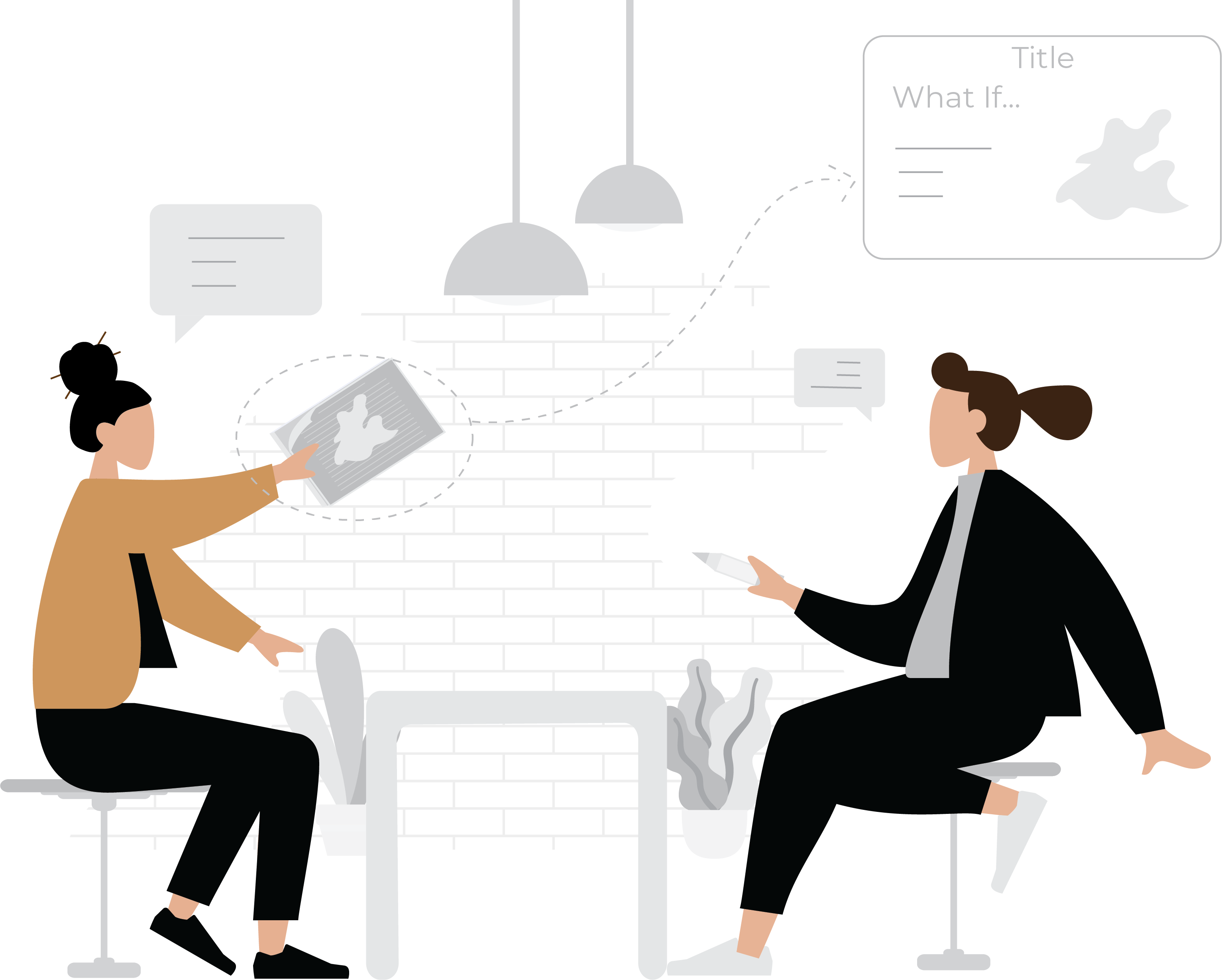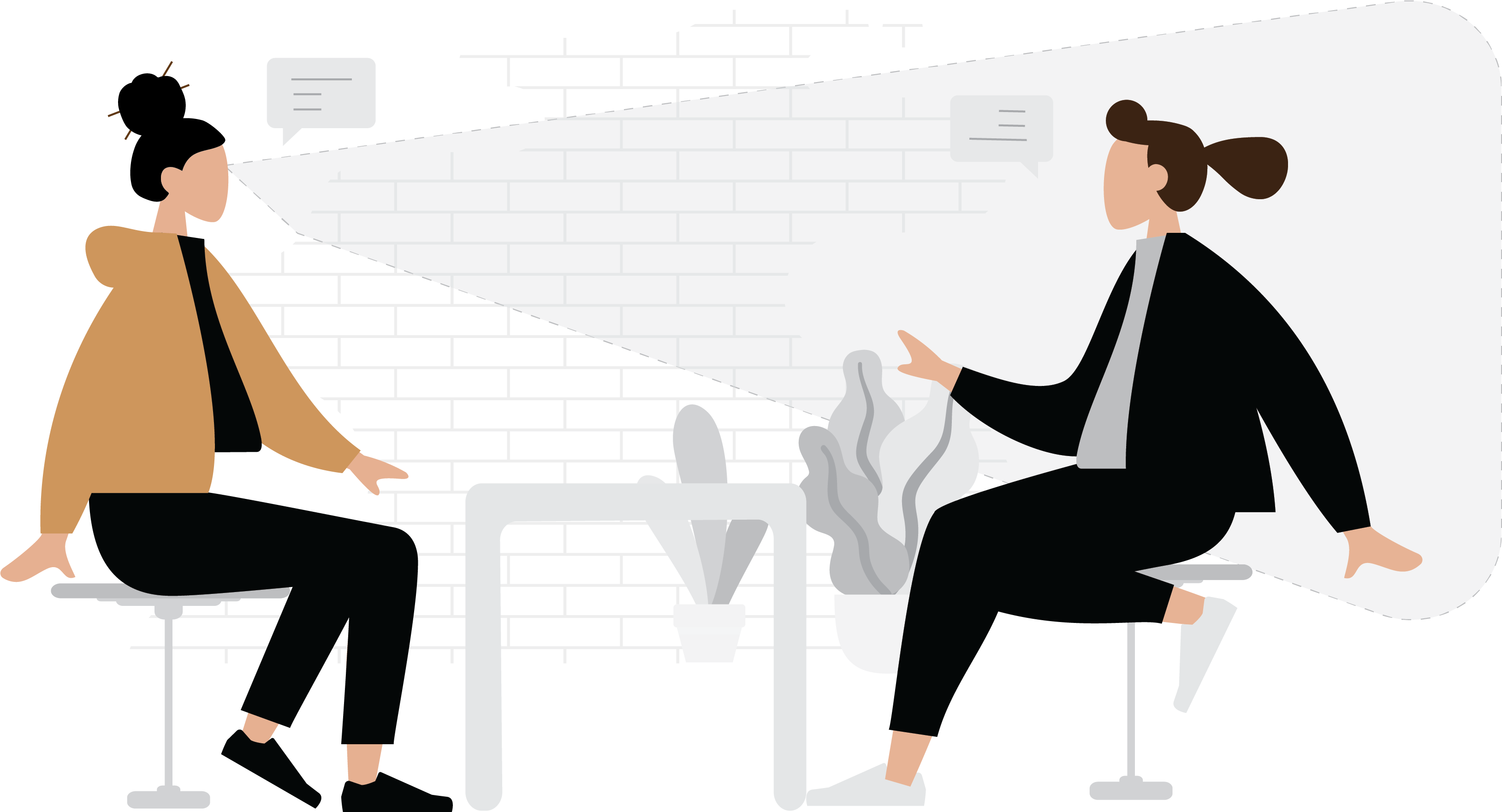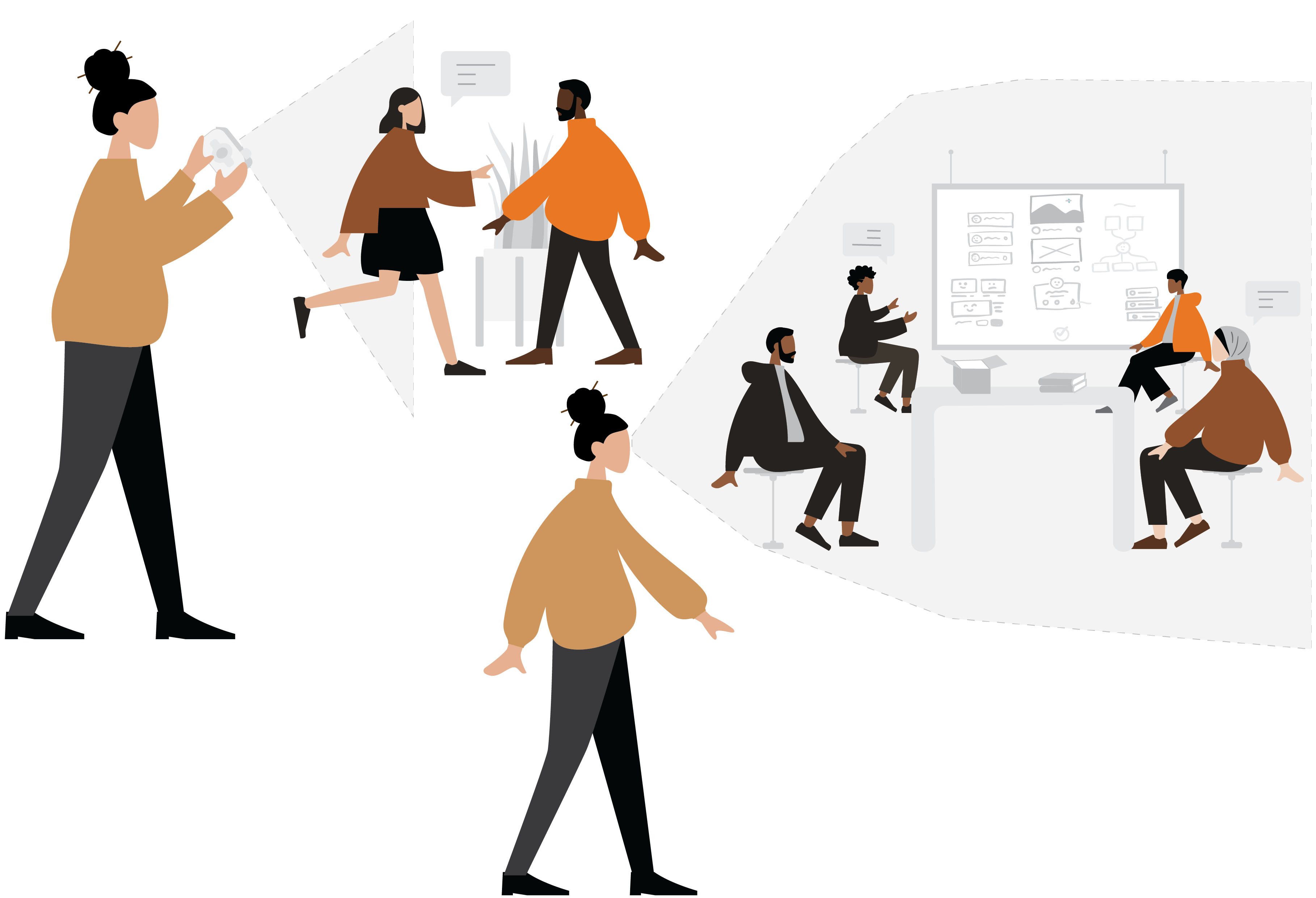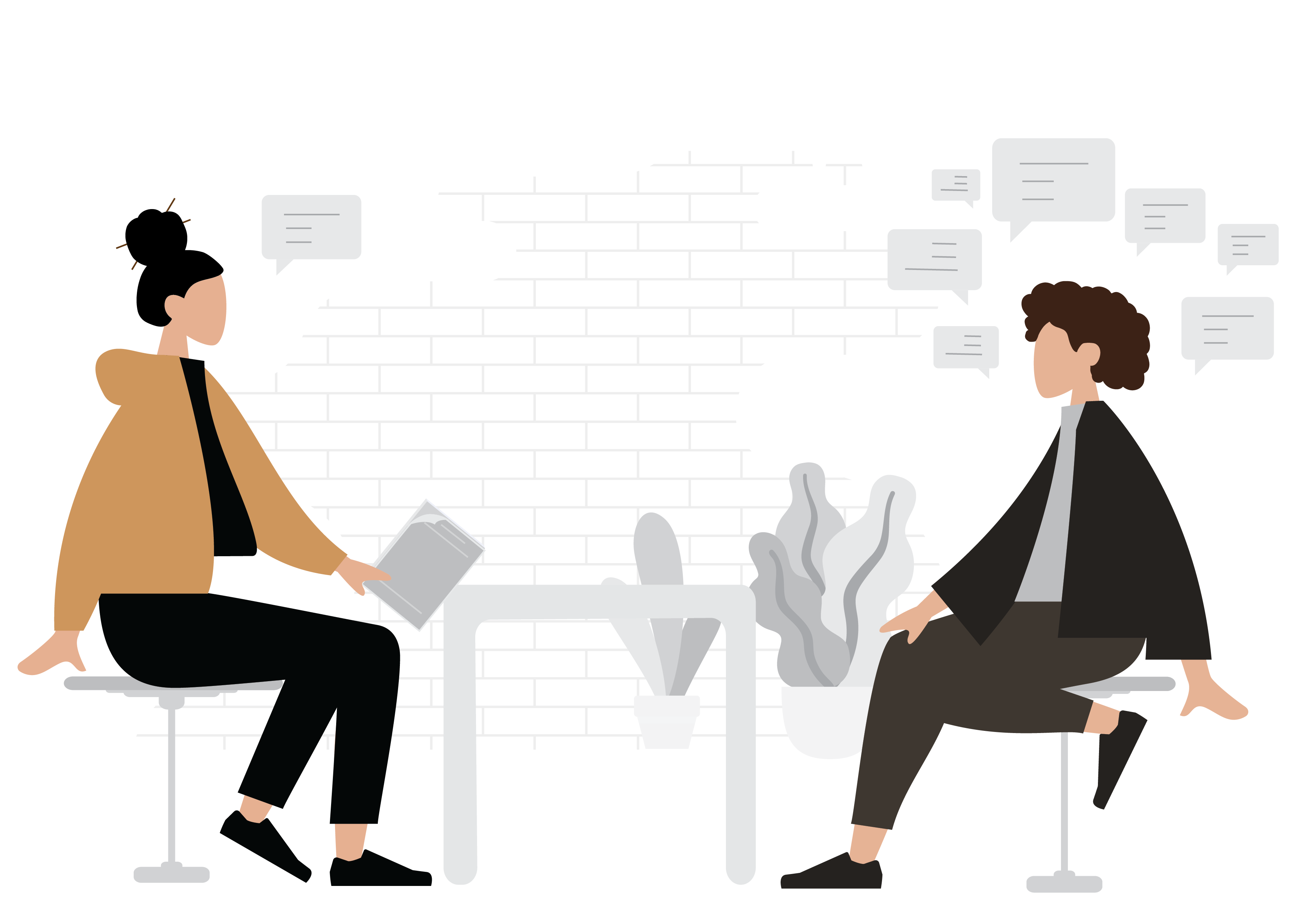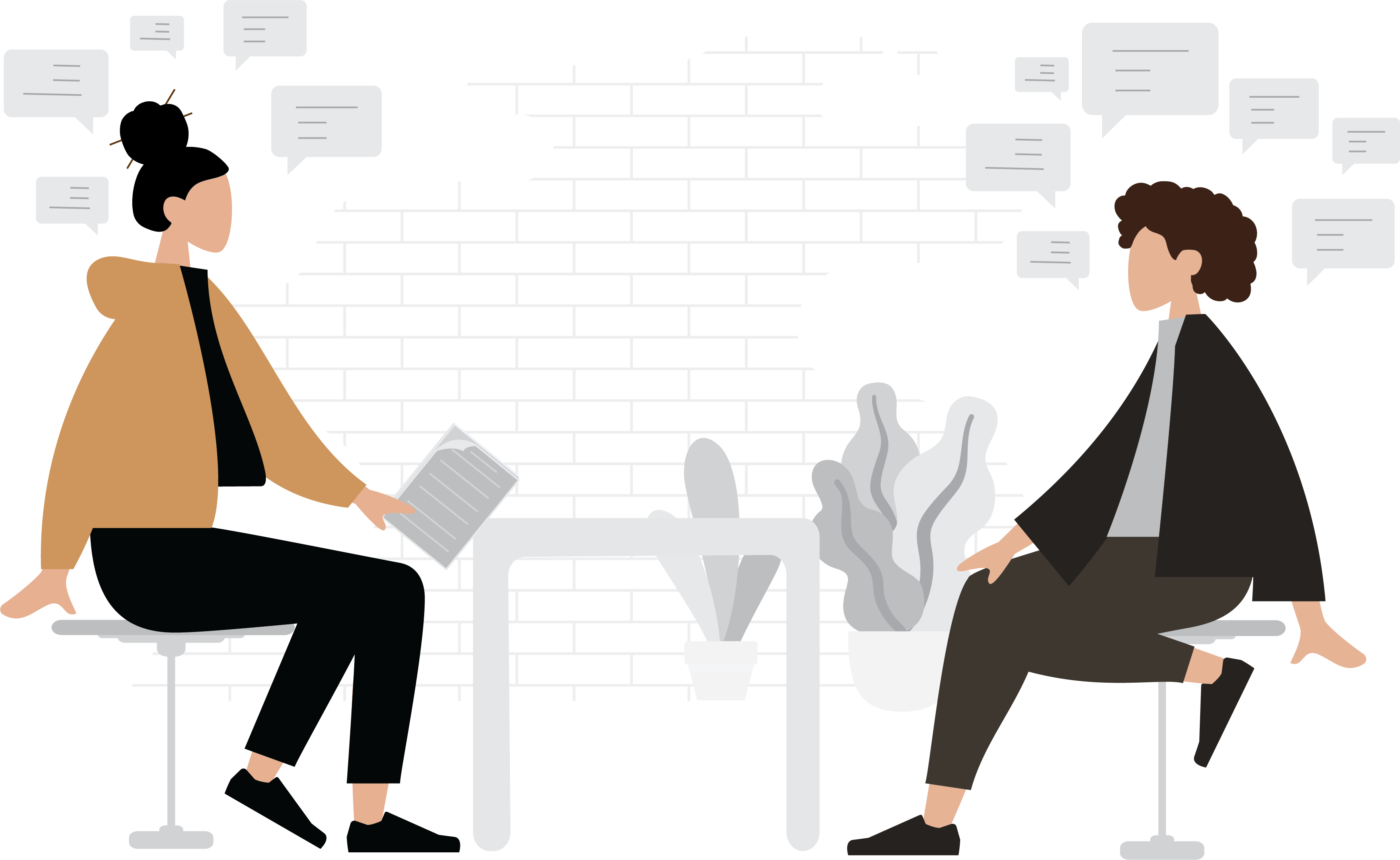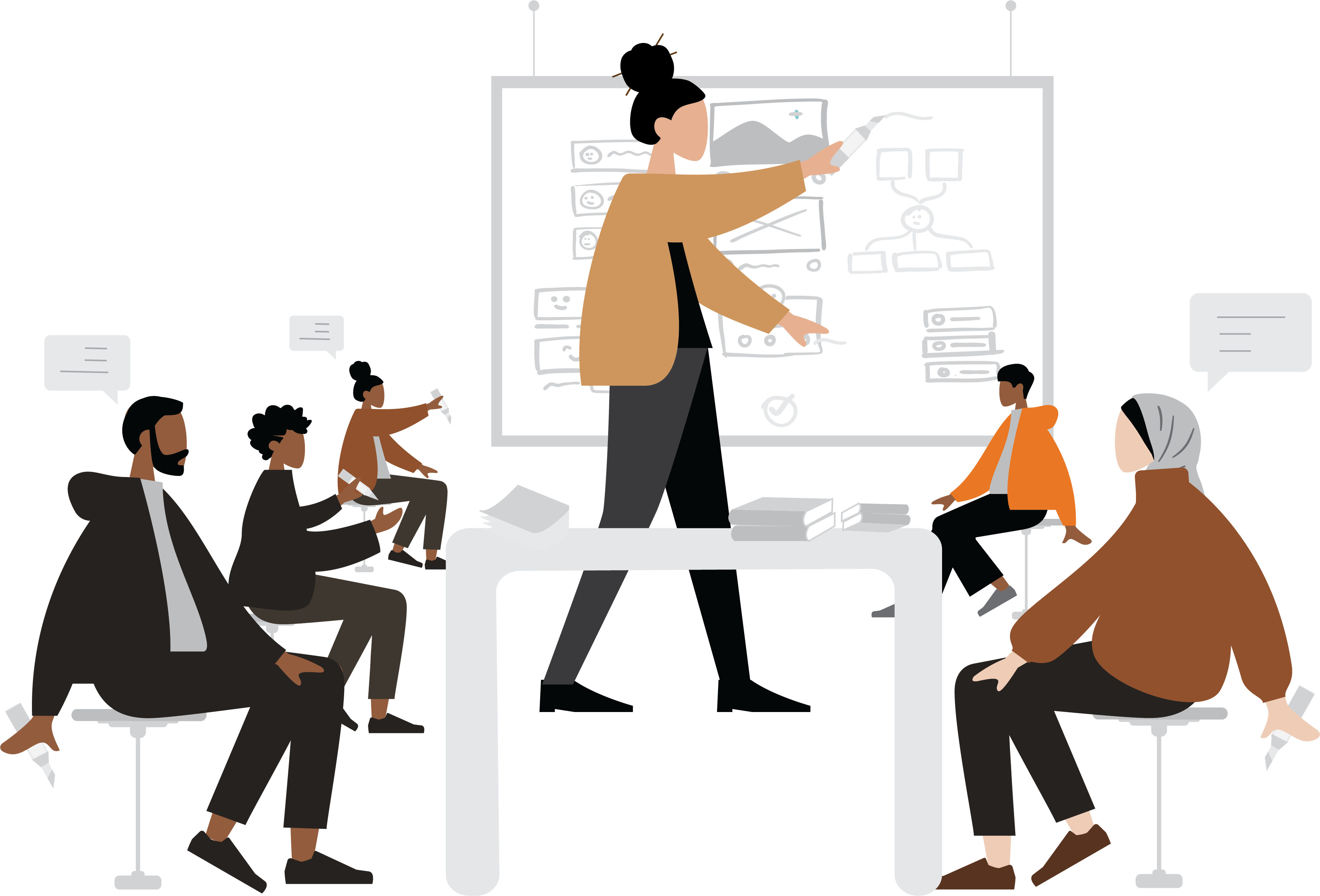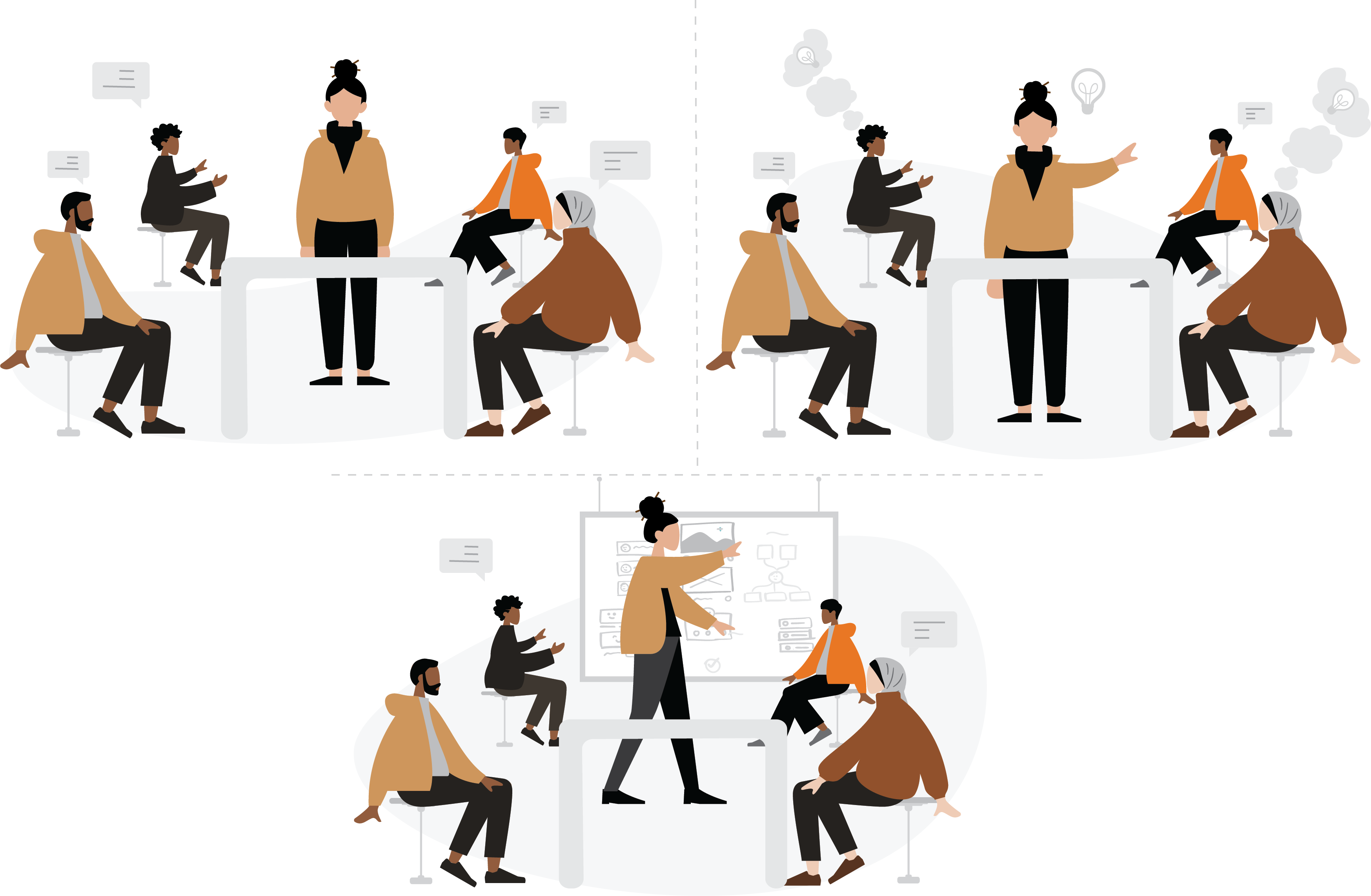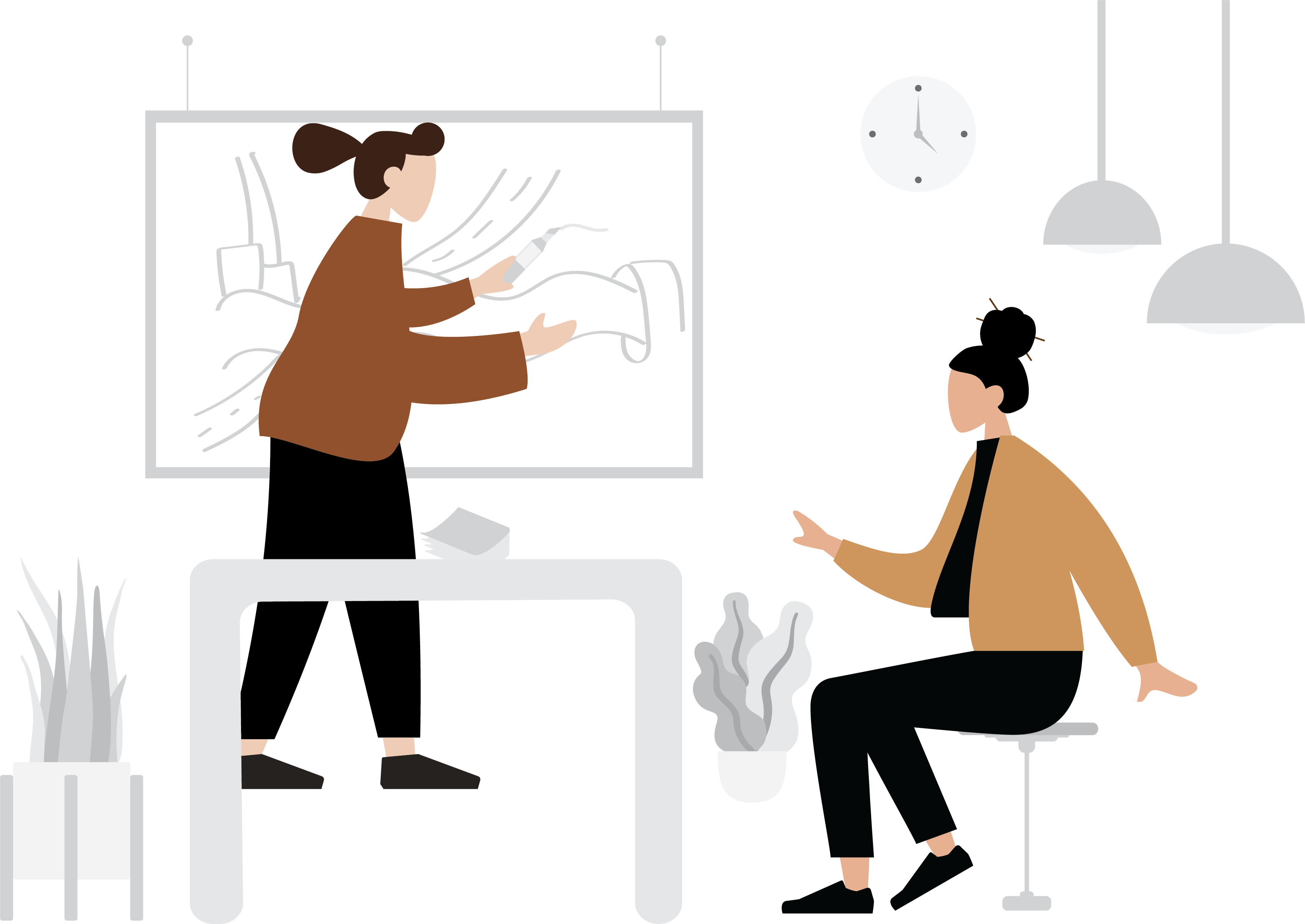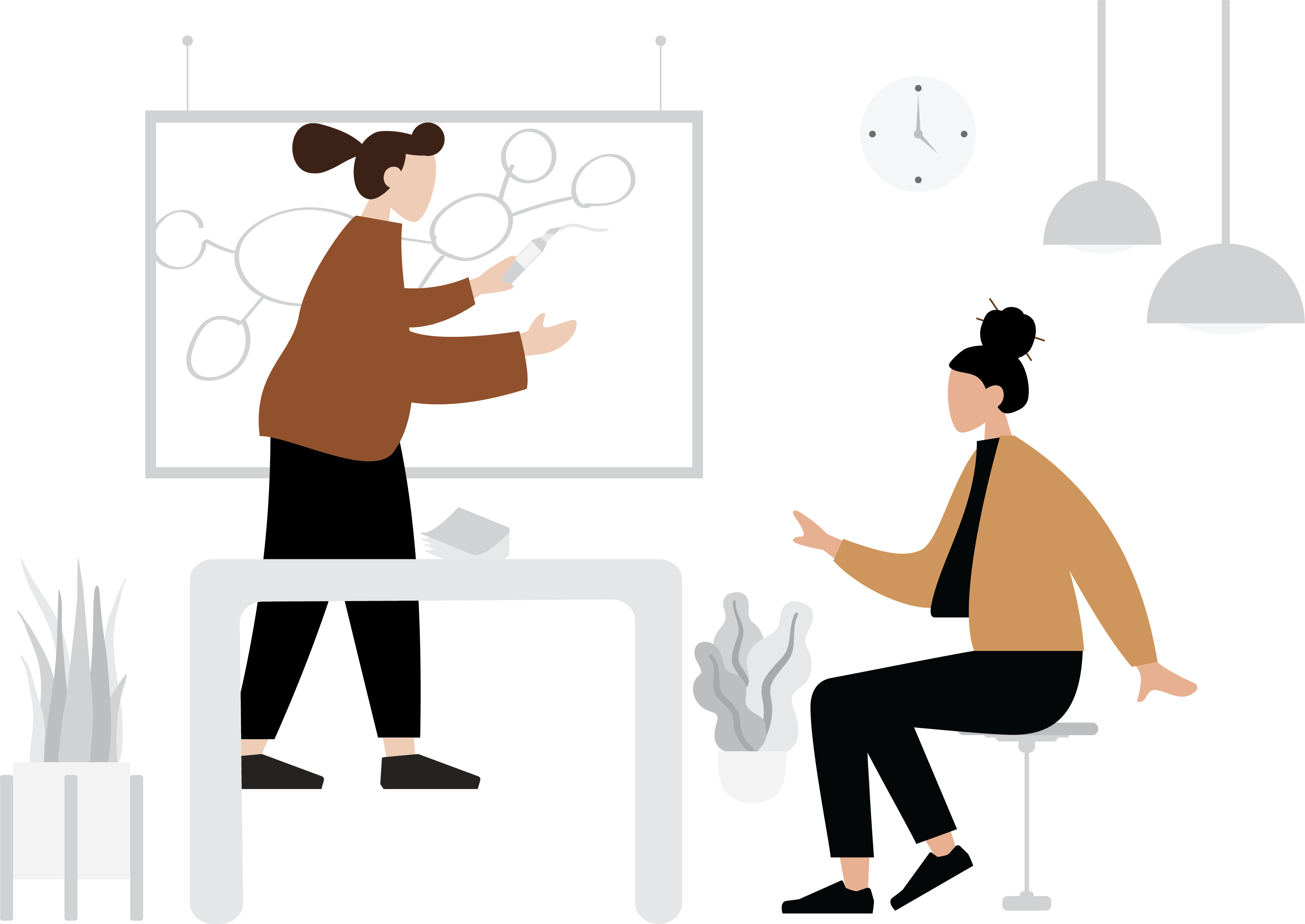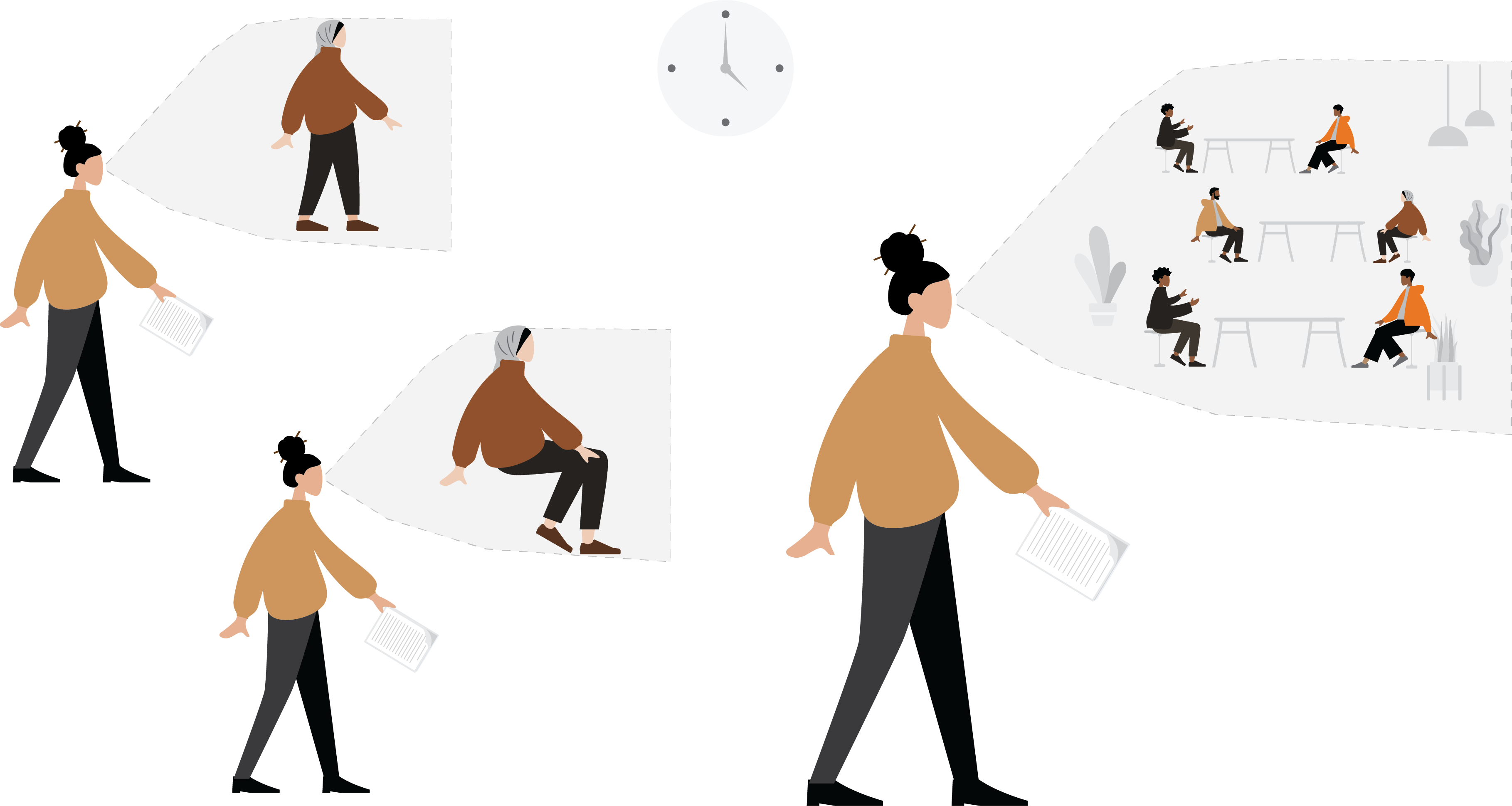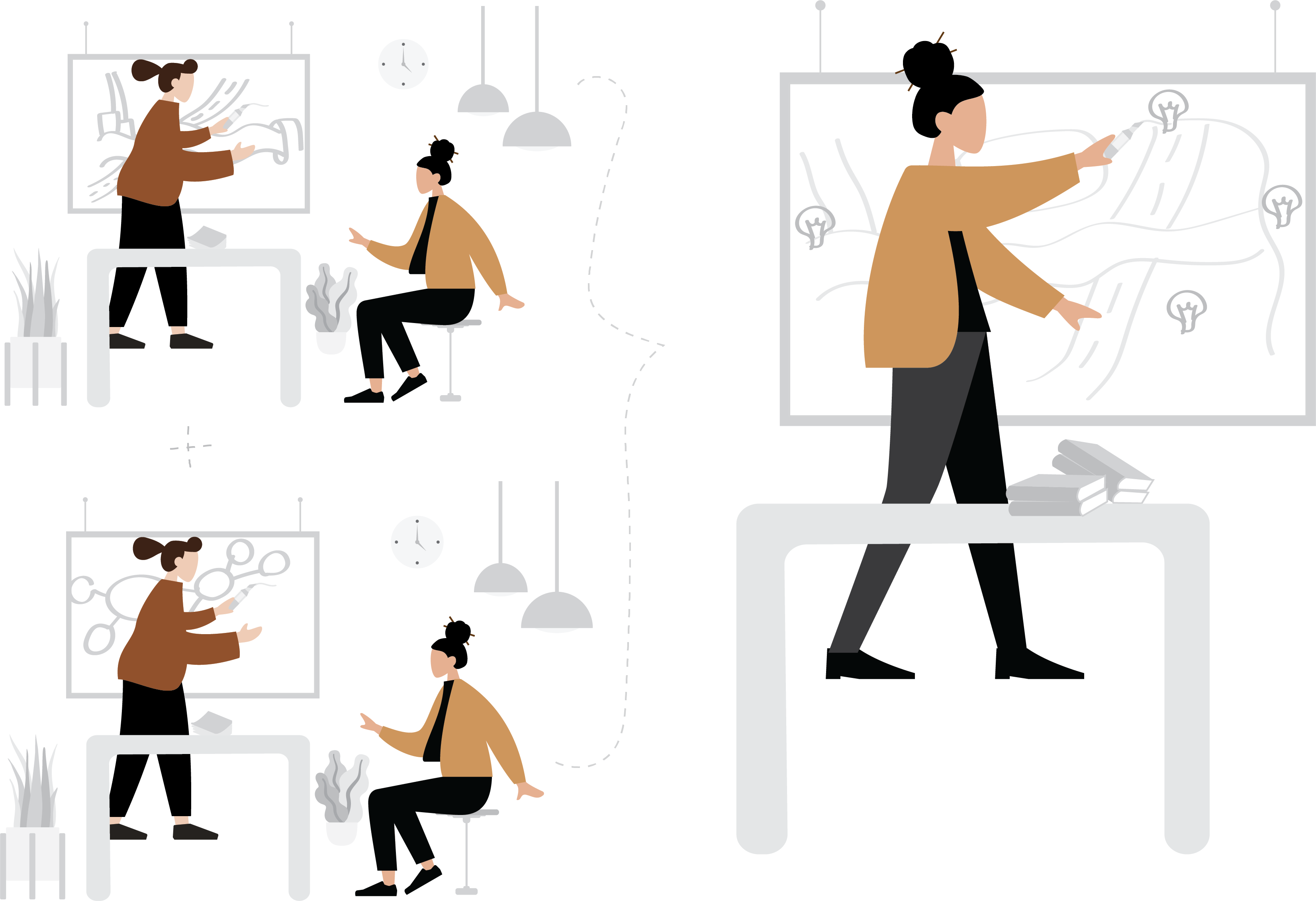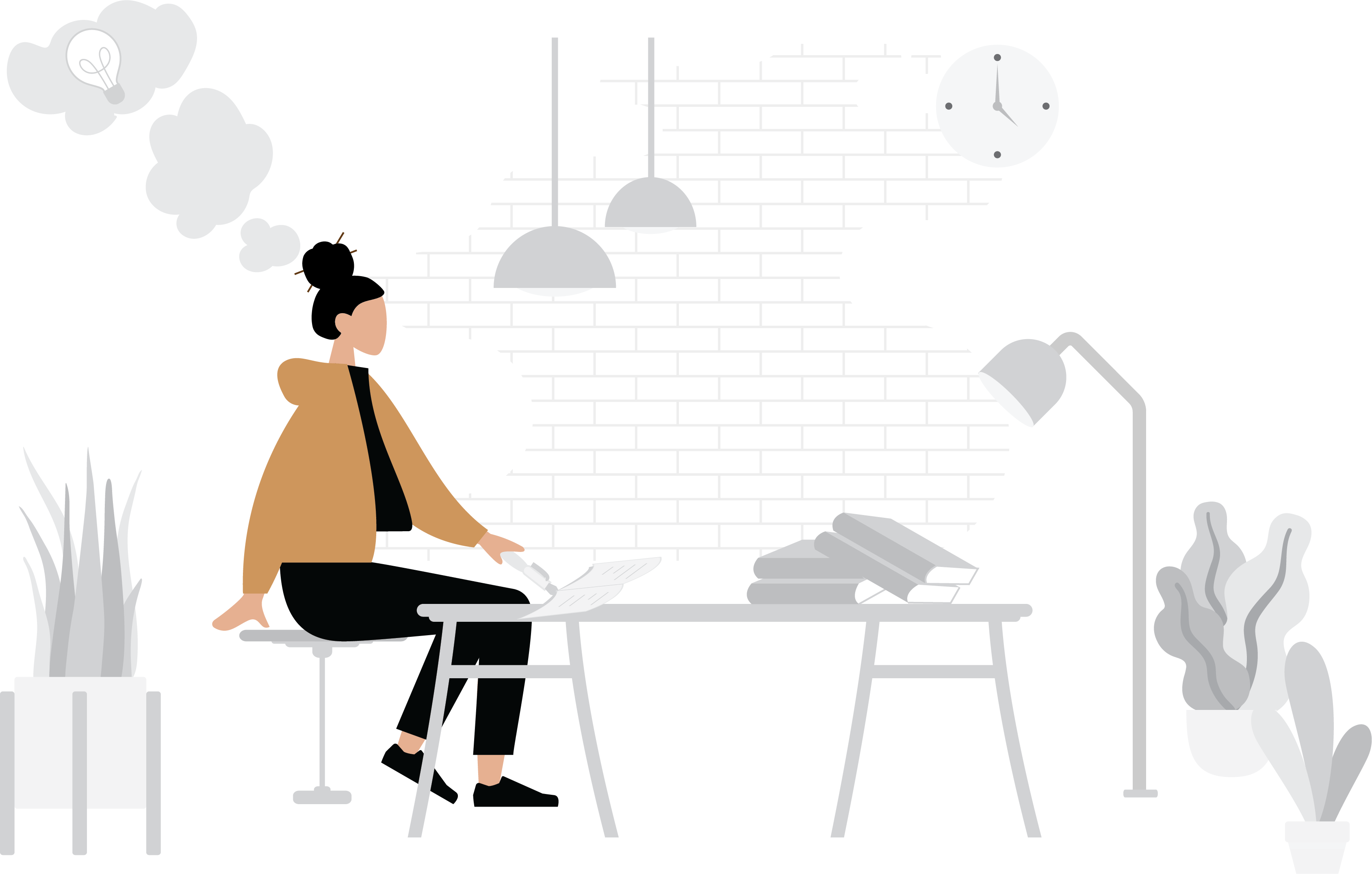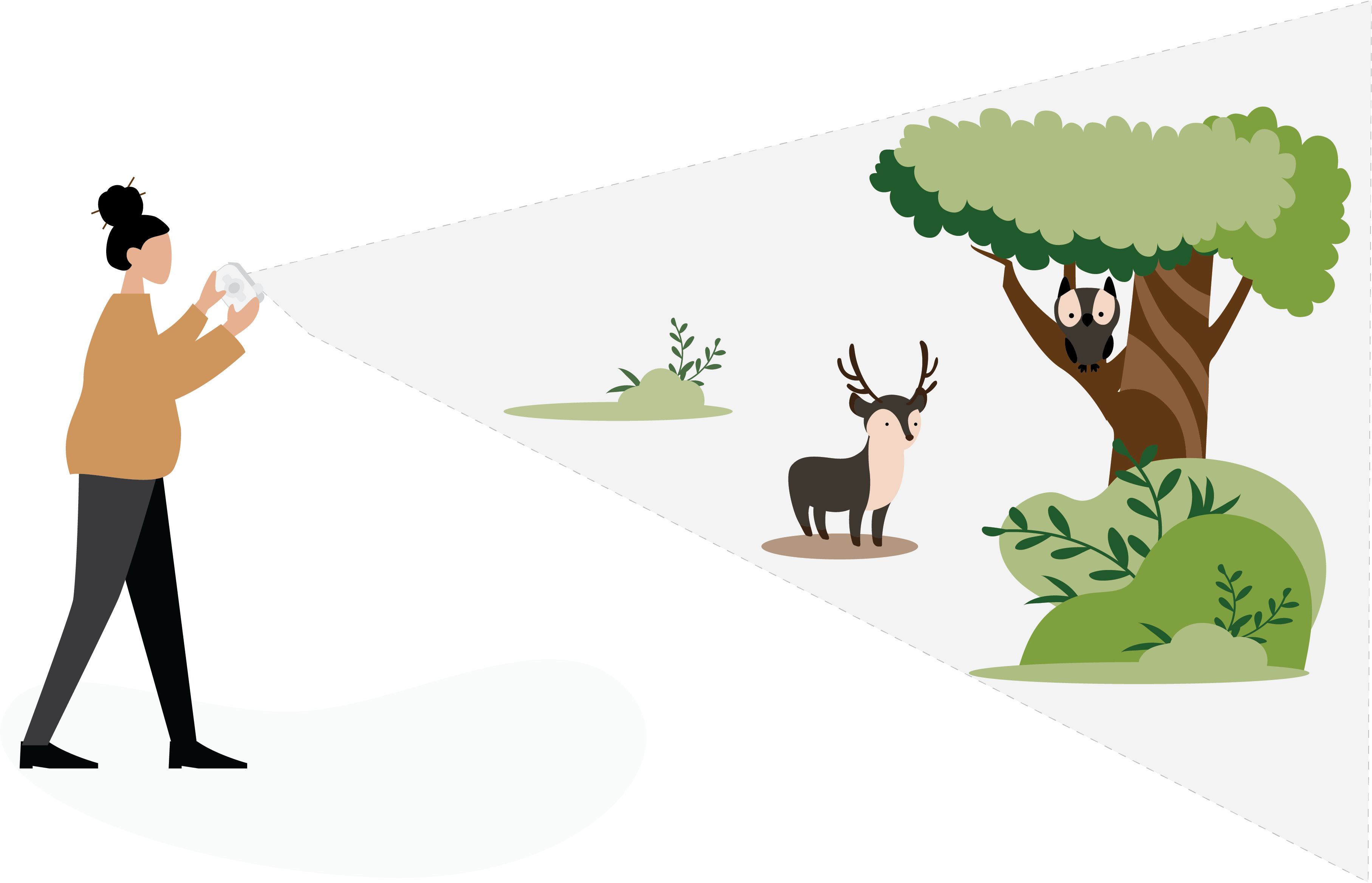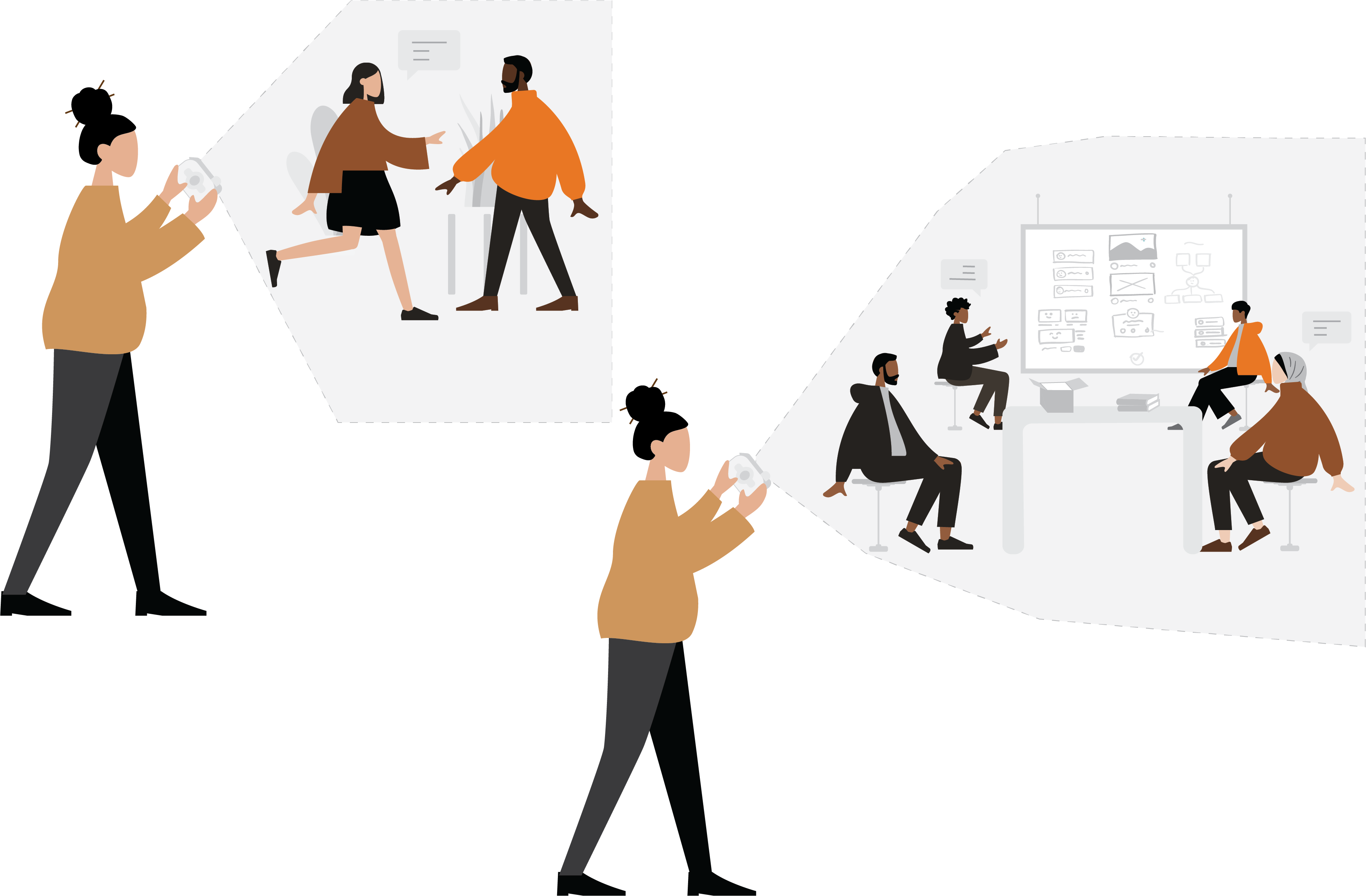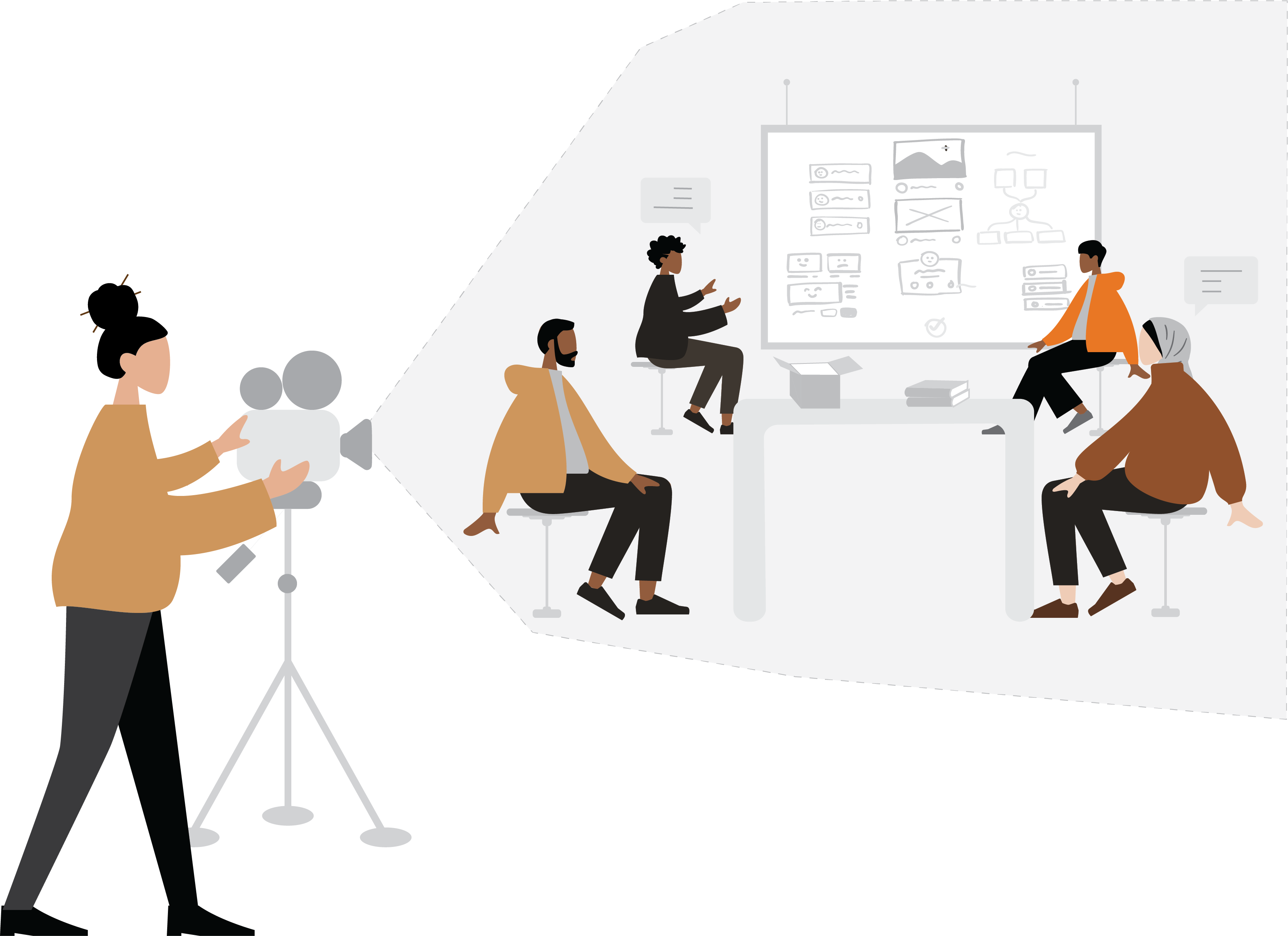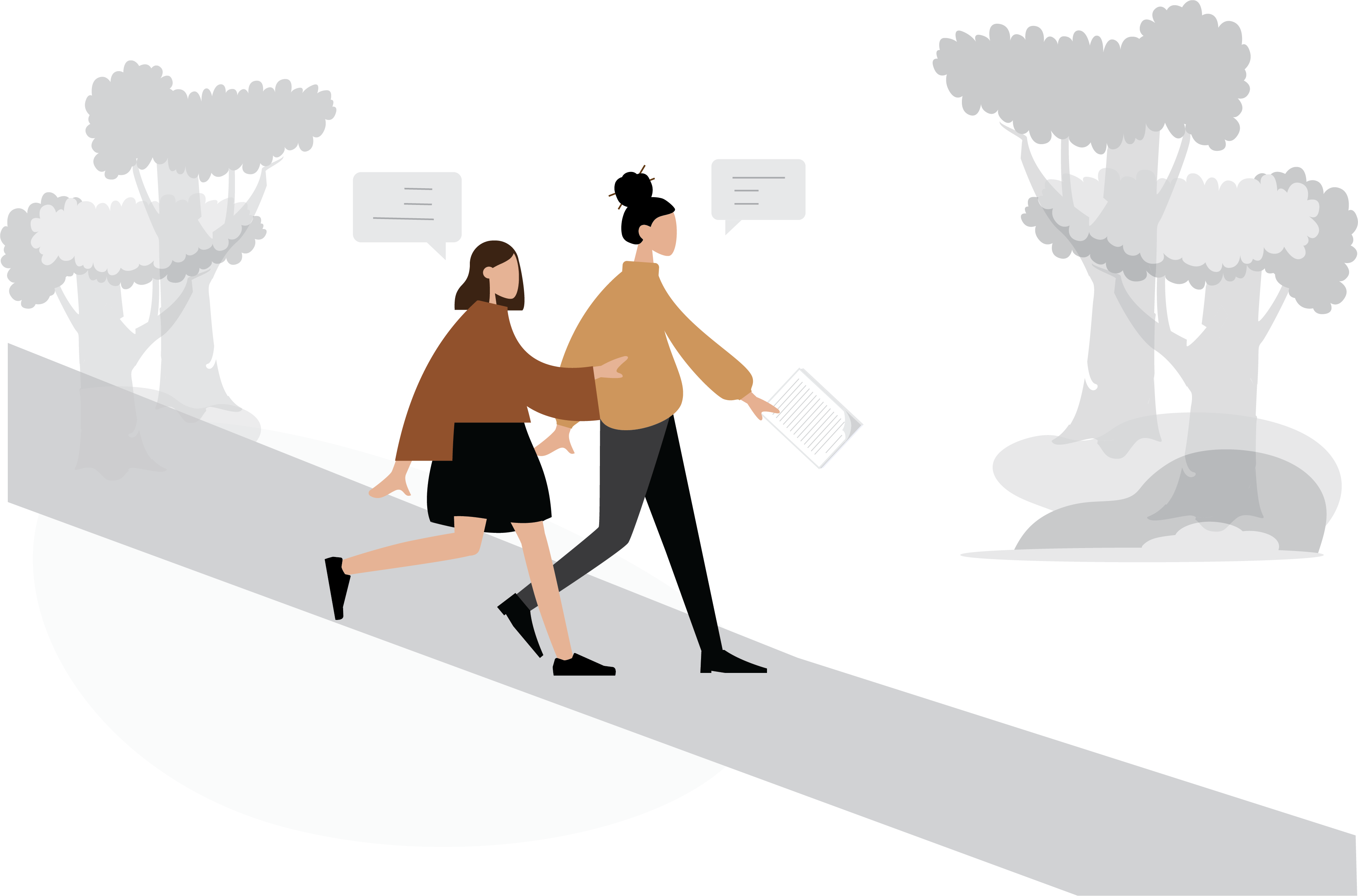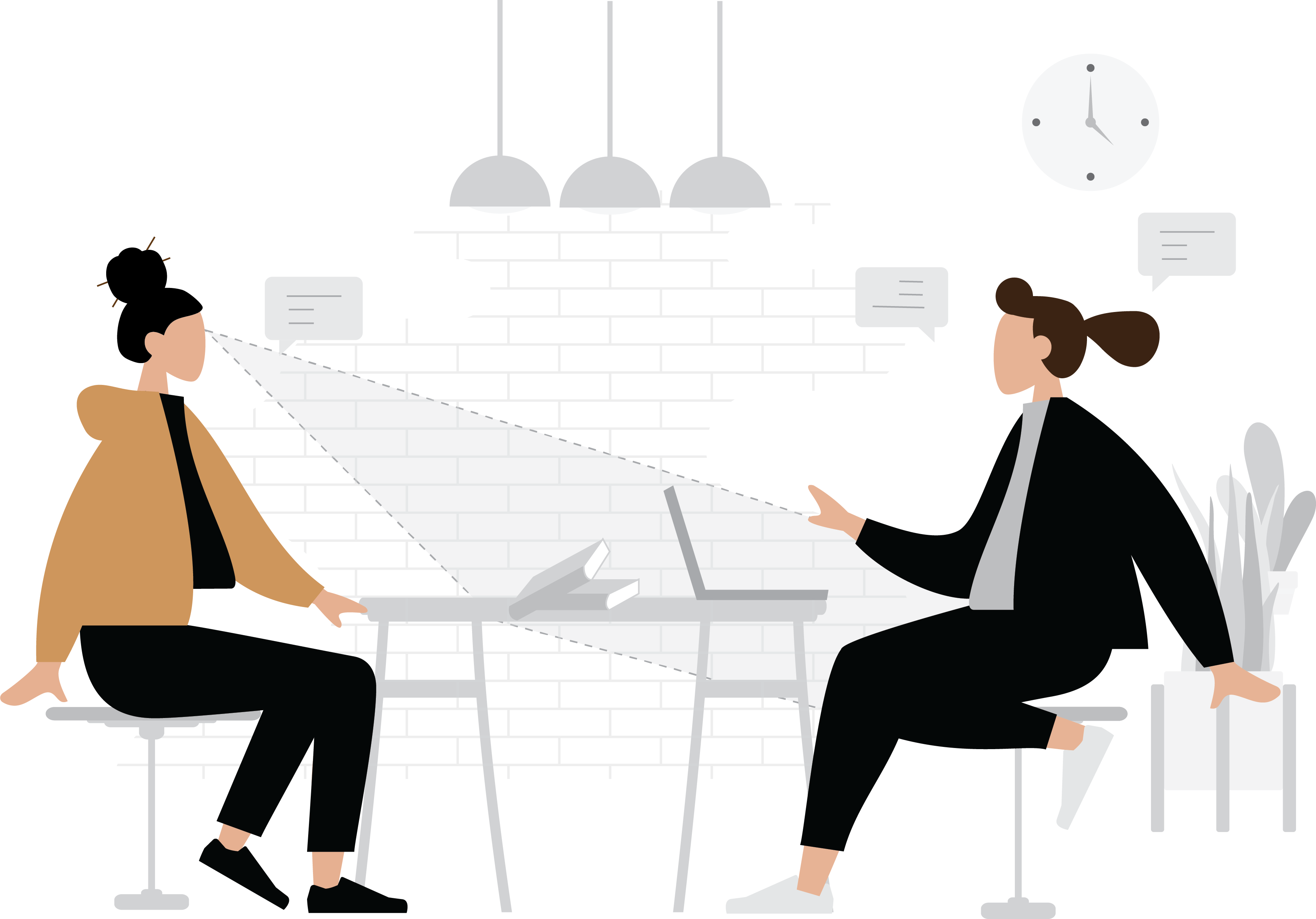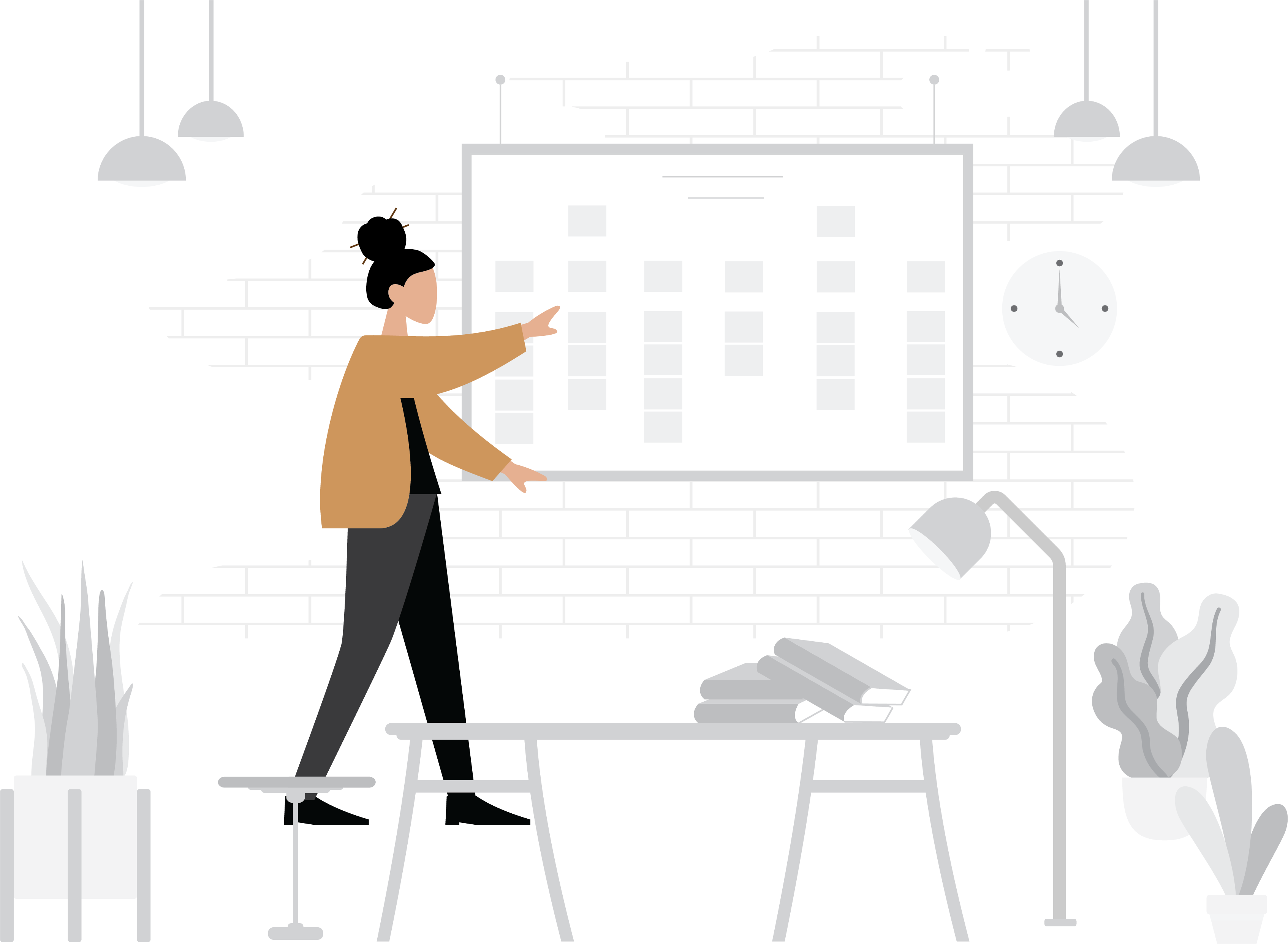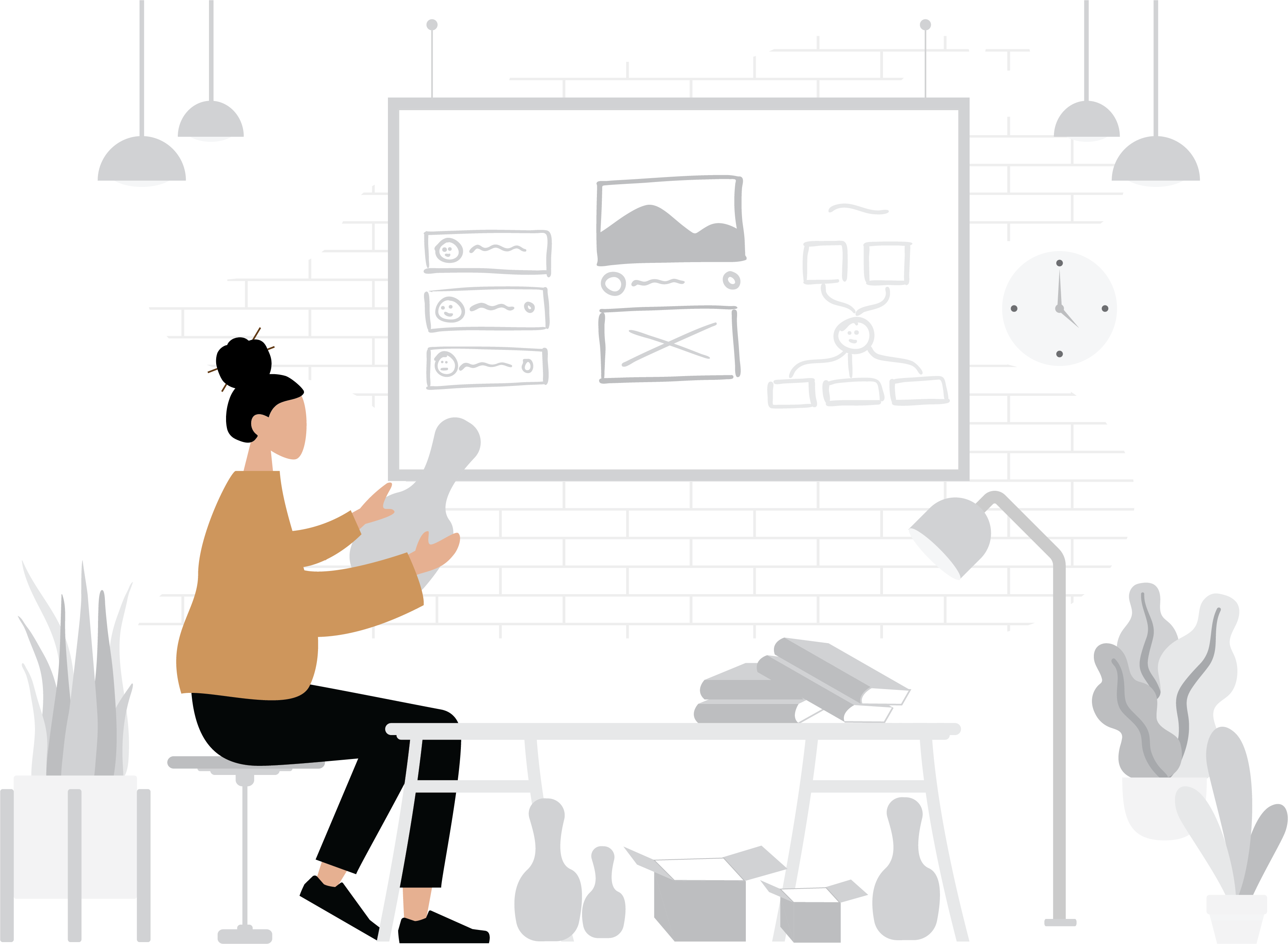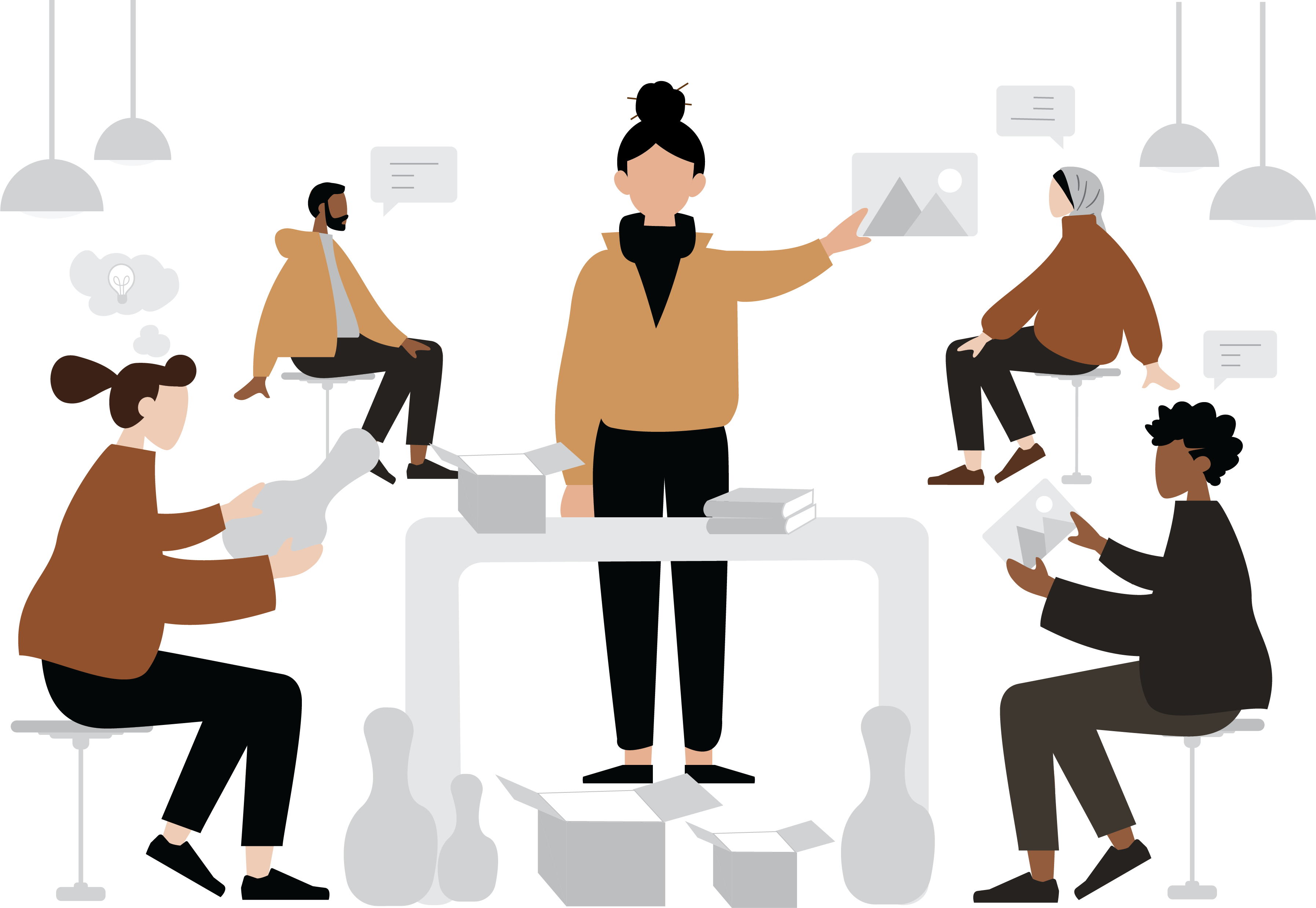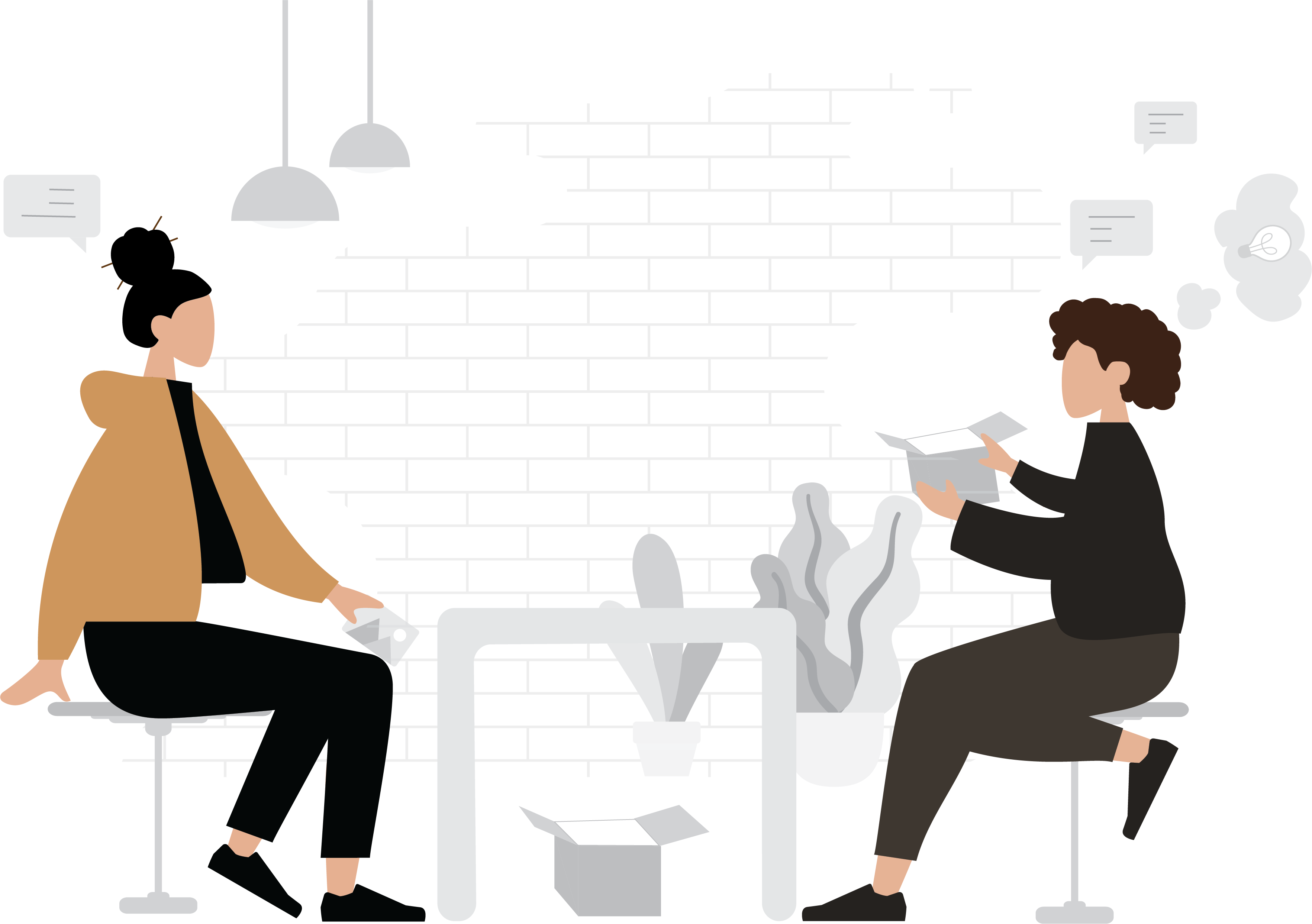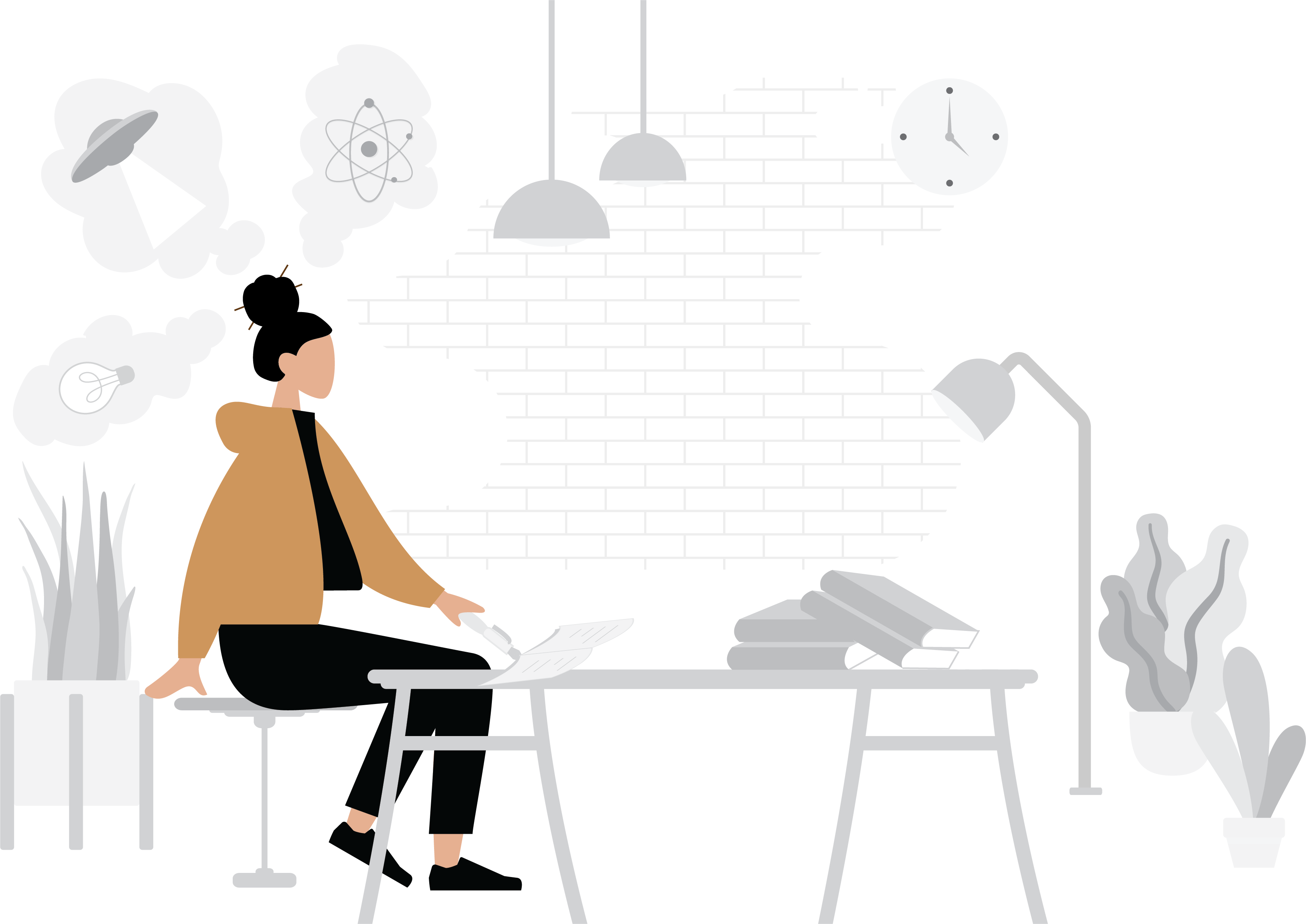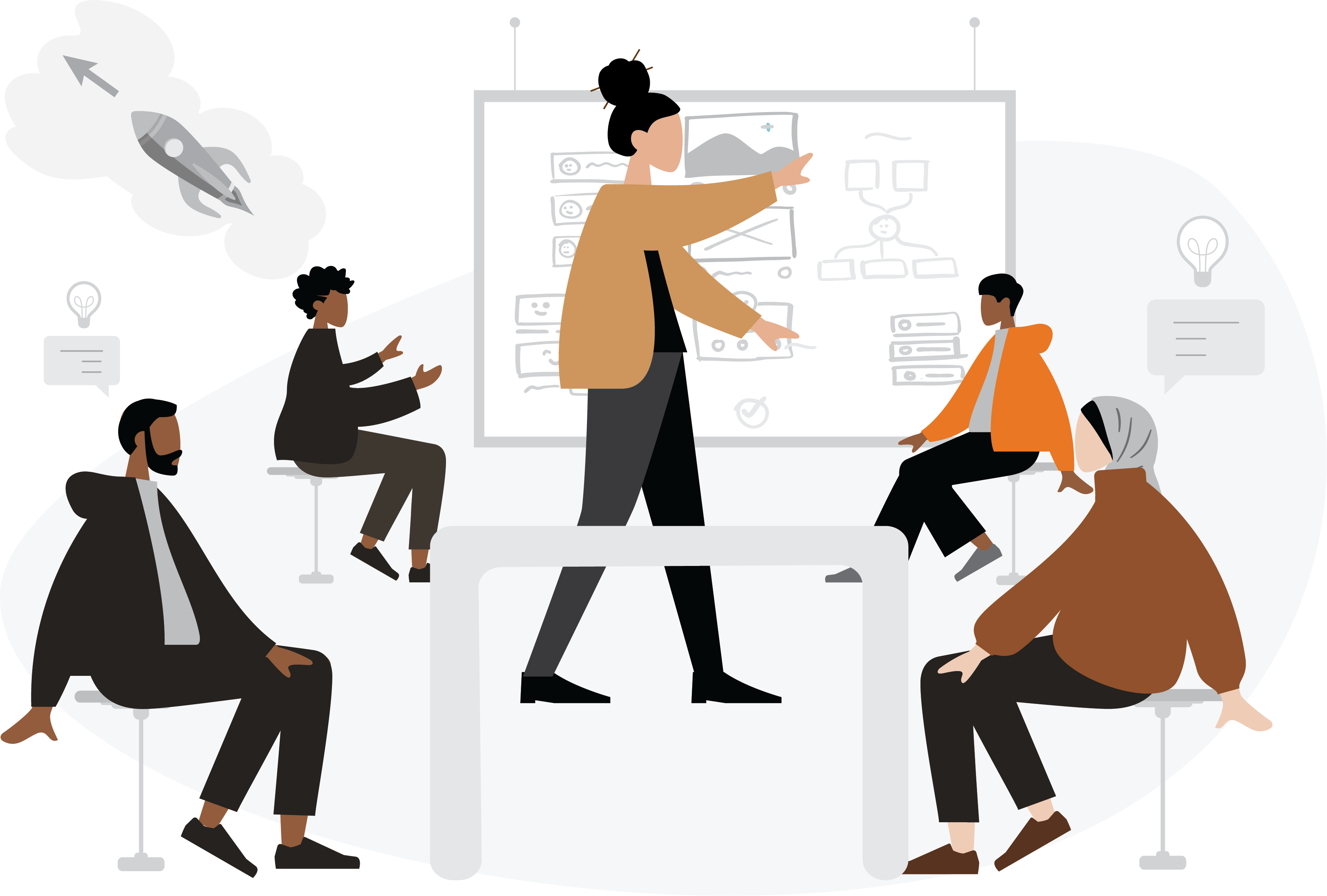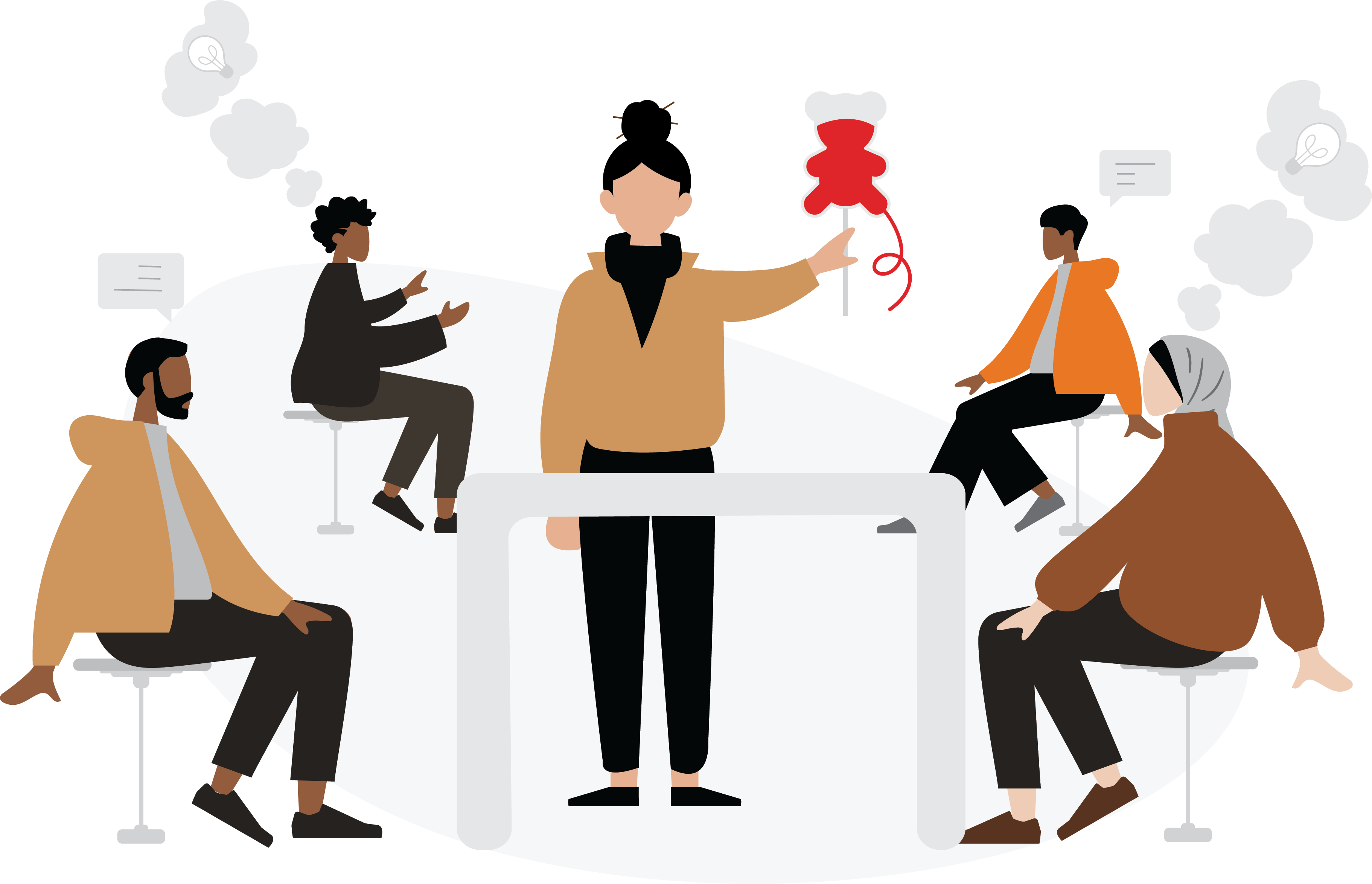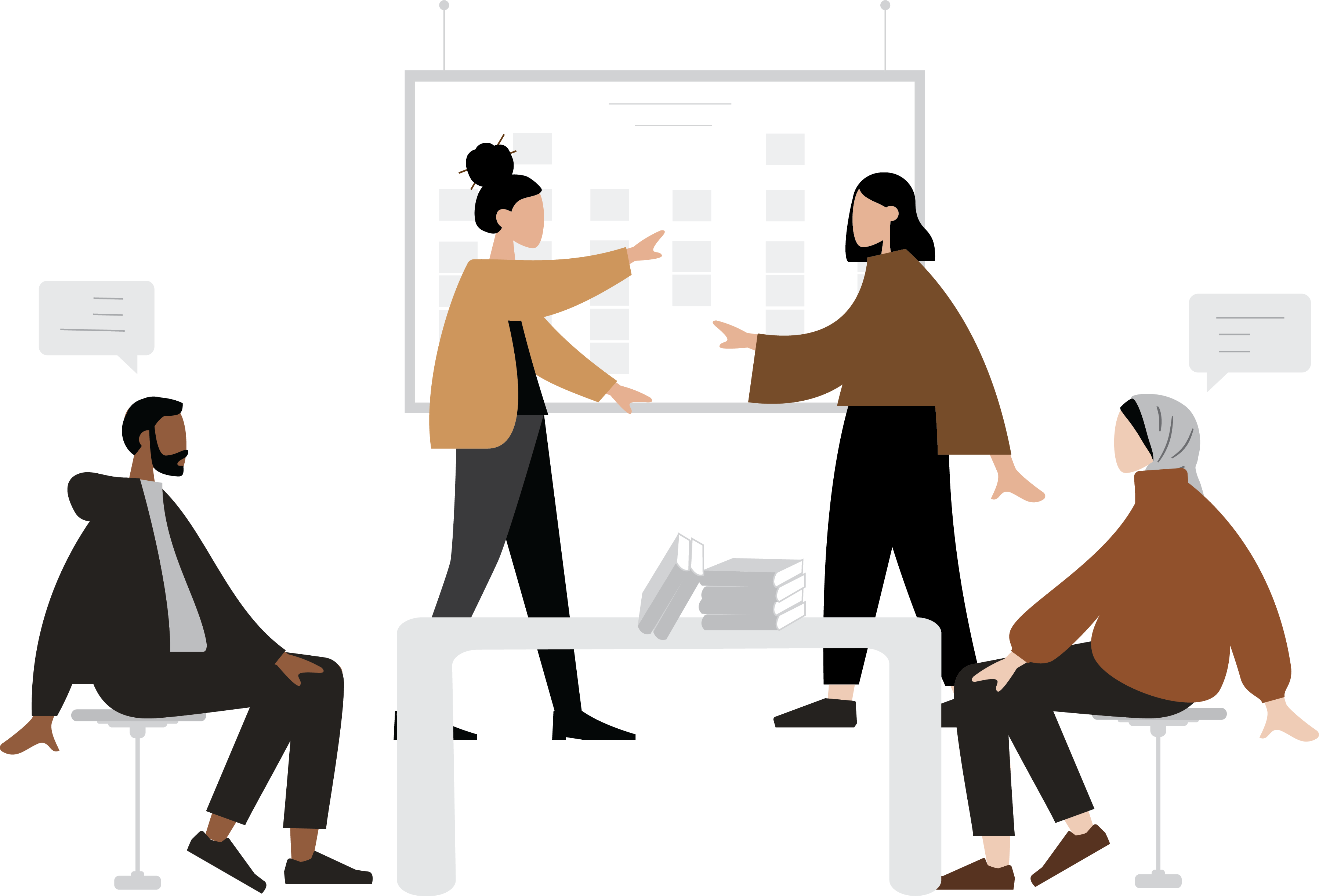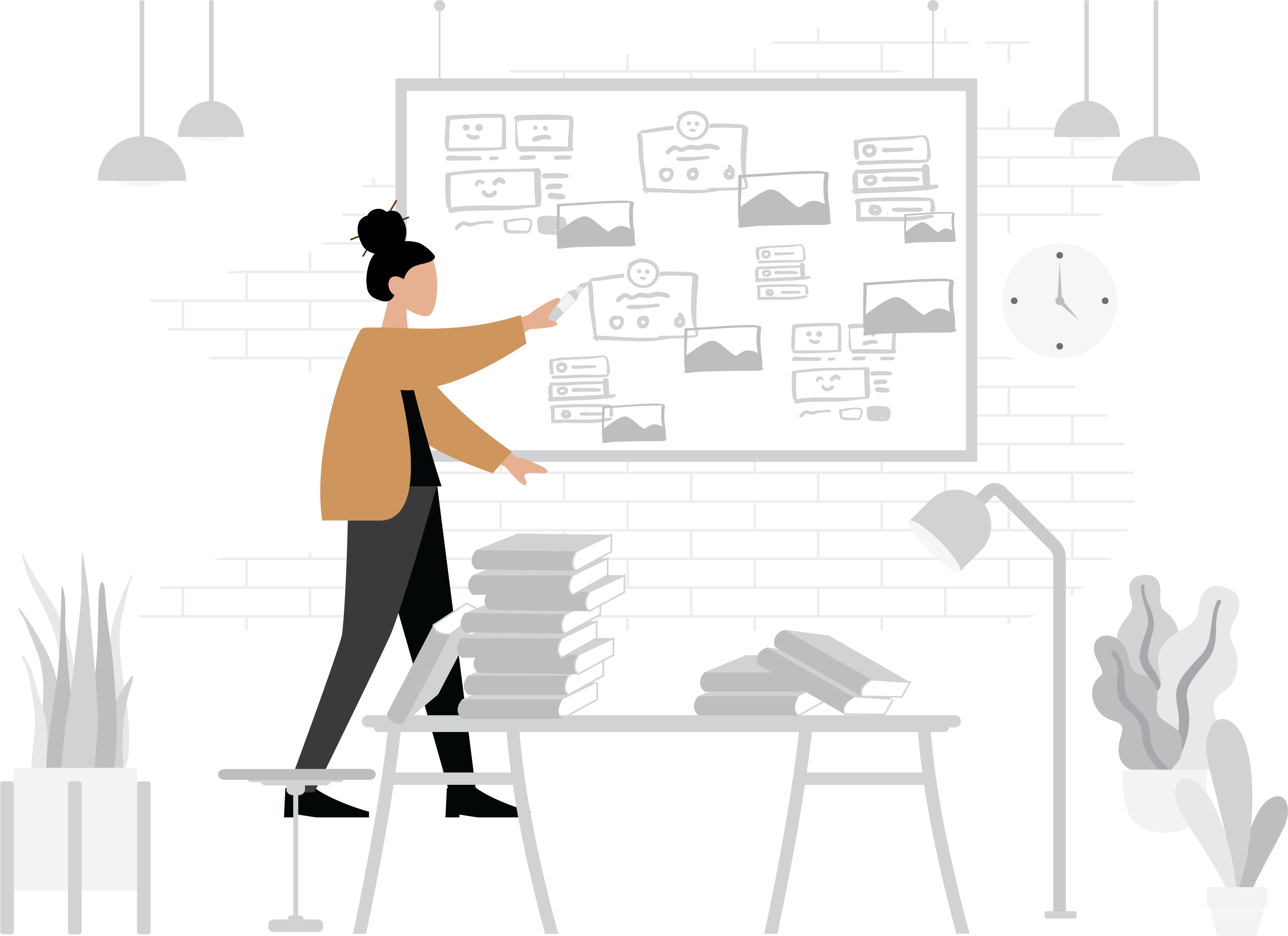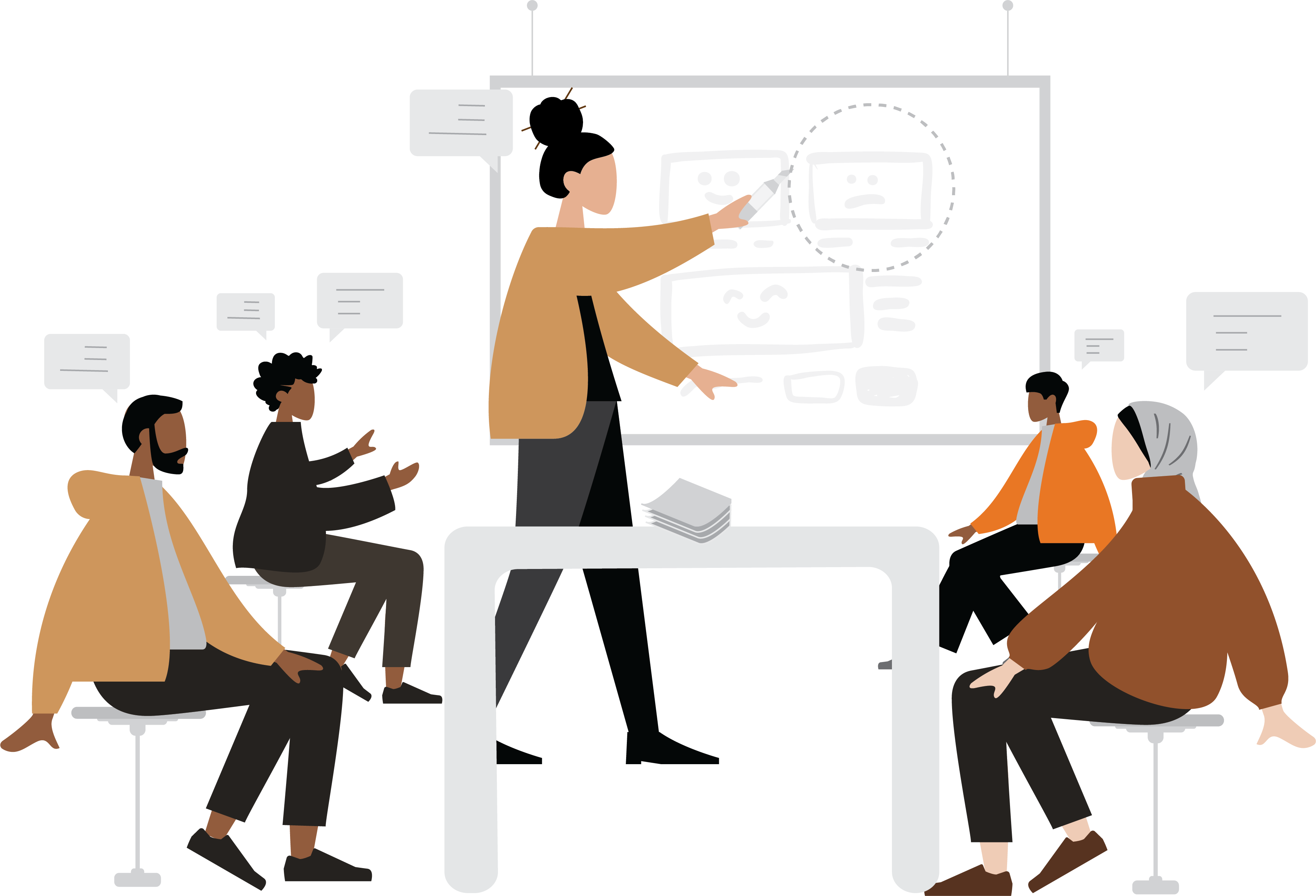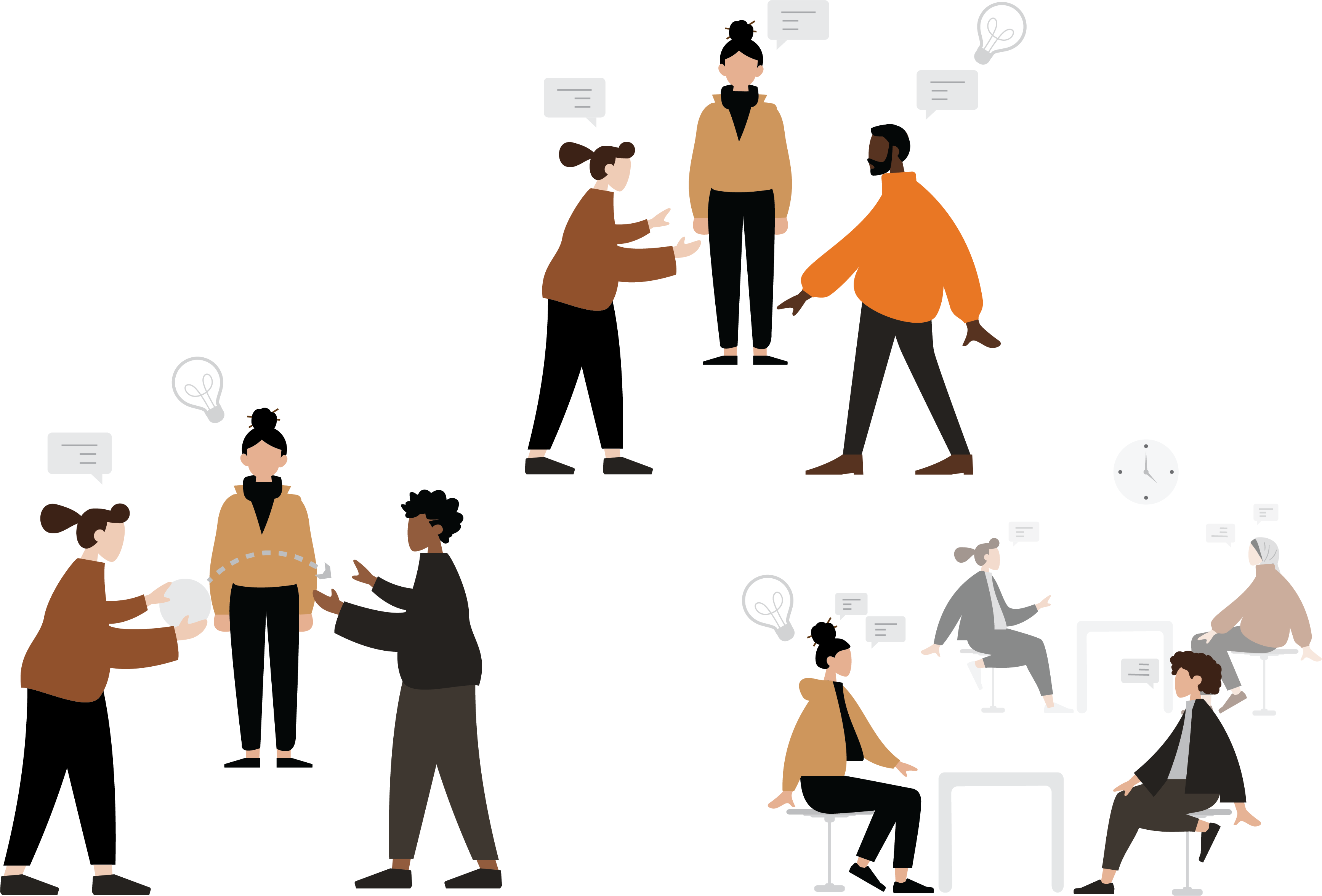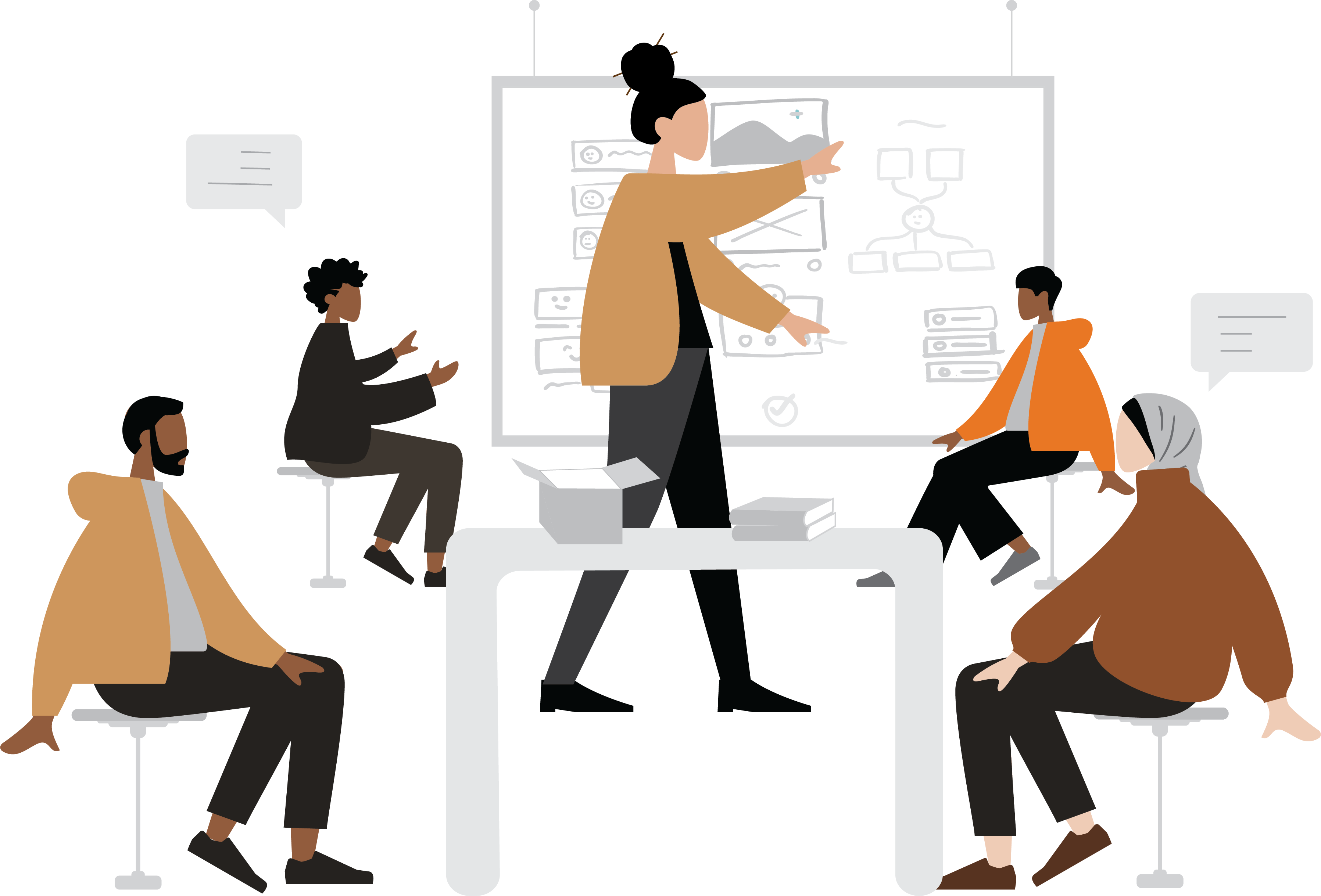
Co-Design
Resources:
Materials/toolkit needed like stationery, Construction plan (if creating a generative toolkit),clear description of the workshop, consent, extra support if vulnerable participants are involved, lab/room to conduct the workshop, facilitator (If required)
Procedure:
Before: Understand the context and draft out a clear description of the workshop or develop a clear construction plan (if it is a toolkit). If targeted for a vulnerable audience,arrange for assistance. Include a note about voluntary participation and consent form. Decide the workshop schedule and arrange prerequisites like location, stationery/tool kits and incentives/rewards (if possible) to be used during the session. The next step is to recruit participants relevant to the context (as many as needed). Have a set of back up participants to make sure there are enough participants available for the session.
During: While actively participating in the workshop with the rest of the participants, record notes/non-verbal cue through observation. Be available to assist participants and clarify their question. At the end of the session, inform participants if there is going to be a next session. Share incentives with participants (if any).
After: Quickly conduct an analysis, right after, of the notes, pictures as well as design created by the participants and record/annotate your insights. Send out a thank you note to the participant.
Use case:
Designing for care: a paper I wrote about possibilities of designing for women undergoing menopause. If given a choice, I would have conducted a participatory design session, with a group of at least 4 women between the age of 45 and 60 to understand what they go through during menopause. Further, like how I involved my mother virtually during the brainstorming of design idea, I would conduct another session, to co-create a solution with the participants.
Sense making data:
By involving the participants that the design targets and anaylizing their design outcomes, designer can ensure that the end design is inclusive as well as caters to participant’s actual needs and not what just the designer “thought” their needs to be.
1. Co-Design
A co-creation design technique that is used to design “With” people rather than designing for people.
“Co-design comprises diverse approaches, ranging from research-oriented approaches (such as applied ethnography) to design-orientedapproaches (such as the use of generative tools), and—if we focus on userinvolvement—ranging from approaches in which researchers and designers move towards users (such as usabilitytesting) to approaches in which users move towards researchers and designers(such as participatory design)”
Reference: Steen, Marc.(2013). Co-Design as a Process of Joint Inquiry and Imagination. Design Issues.29. 16-28. 10.1162/DESI_a_00207.
Nature & context: Co-Creative, Design Technique


